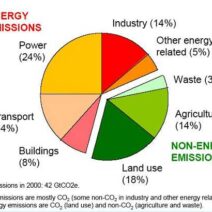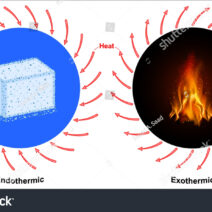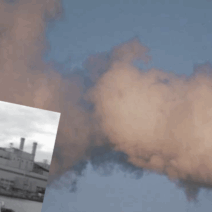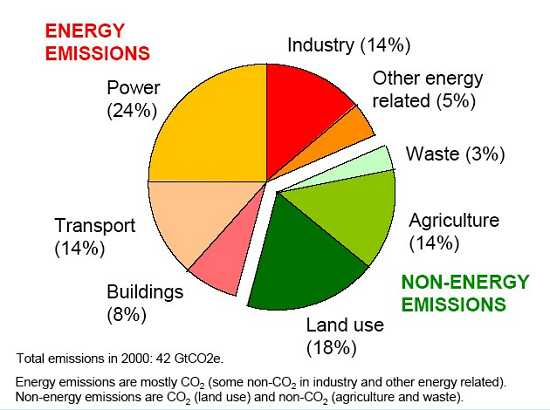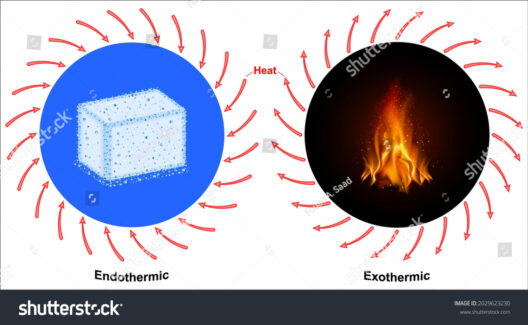Climate change is a palpable tempest sweeping across our planet, spurred by a myriad of industries that collectively function as the tempest’s roaring engines. As the Earth struggles to maintain its equilibrium, various sectors are contributing insidiously, exacerbating the dire predicament our ecosystems face. To comprehend the magnitude of this crisis, it is essential to scrutinize which industries are fueling climate change the most.
At the forefront of this battle lies the energy sector, specifically fossil fuel extraction and utilization. The combustion of coal, oil, and natural gas is akin to igniting a relentless inferno that releases carbon dioxide—a greenhouse gas—into the atmosphere. This colossal sector fuels not only power generation but also transportation and heating, making it the linchpin of global emissions. In fact, energy-related emissions account for approximately 73% of total greenhouse gases. The insatiable demand for energy is transforming our planet into a furnace, pushing it beyond its thermal thresholds.
Next, one must consider the transportation sector, another significant contributor to climate change. Automobiles, airplanes, and ships are the arteries of our modern world, facilitating the movement of goods and people. However, that convenience comes at a substantial cost. The burning of fossil fuels in vehicles emits a cocktail of pollutants—carbon dioxide, nitrogen oxides, and particulate matter. With over 1.4 billion registered vehicles globally, the transportation industry contributes roughly 24% of global emissions. Each combustion engine serves as a miniature volcano, perpetually spewing emissions into the atmosphere, altering our climate’s delicate balance.
In the realm of agriculture, an equally insidious threat looms large. Agricultural production is not merely a provider of sustenance; it is also a significant source of methane and nitrous oxide, potent greenhouse gases. Livestock production is particularly alarming. Cattle emit methane during digestion, and the decomposition of organic matter in manure exacerbates the problem. Furthermore, the extensive tilling and use of synthetic fertilizers release nitrous oxide into the atmosphere. This sector accounts for nearly 10% of global greenhouse gas emissions and highlights a paradox; while striving to feed the world, agriculture exacerbates climate change. It encapsulates the tension between necessity and sustainability.
Moreover, the manufacturing industry, particularly heavy manufacturing and construction, perpetuates the climate crisis. Cement production, for instance, releases a whopping 8% of global CO2 emissions. The energy-intensive processes involved in the production of concrete, steel, and aluminum require vast amounts of fossil fuels, releasing harmful emissions. This sector underpins modern civilization, yet in its quest for progress, it inadvertently chisels away at the planet’s resilience.
The textile and fashion industry deserves attention for its environmental footprint as well. Producing garments involves not only extensive water use—which can lead to drought in some regions—but also significant energy consumption, contributing to greenhouse gas emissions. From cotton cultivation, which often requires copious amounts of pesticides, to the fast fashion phenomenon that promotes overconsumption and waste, this sector exemplifies the paradox of consumerism: the lust for novelty leads to environmental degradation.
Waste management, albeit a less obvious culprit, plays a significant role in the climate equation. Landfills contribute to greenhouse gas emissions by releasing methane during the decomposition of organic materials. Moreover, incinerating waste creates additional carbon footprint while emitting various pollutants. The ineffectiveness of recycling programs compounds the problem, highlighting the systemic issues plaguing waste management from production to disposal.
While discussing specific industries, it is crucial to recognize the societal and economic contexts that exacerbate their impacts on climate change. The globalization of supply chains facilitates the proliferation of such industries, leading to increased emissions as products traverse the globe. This interconnectedness is a double-edged sword; while it fosters economic growth, it catalyzes environmental degradation on a planetary scale.
In light of the above, addressing climate change necessitates a multifaceted approach targeting these industries. Transitioning to renewable energy sources could reduce reliance on fossil fuels and consequently mitigate emissions. Embracing innovations in sustainable transportation, such as electric vehicles and public transport, can empower individuals to partake in the solution, transforming lifestyles from emissions-heavy to more eco-friendly.
Meanwhile, the agricultural sector must embrace sustainable practices; agroecology and regenerative farming techniques offer promising avenues for reducing its carbon footprint. The fashion industry should pivot to more sustainable practices, minimizing waste through the adoption of circular economies that advocate for longevity rather than quantity. Equally important is reinforcing robust waste management systems, enhancing recycling initiatives, and fostering a culture of reduction.
The looming specter of climate change, driven by rampant industrialization, requires urgent, collective action from each sector to reclaim our planet from the brink of ruin. Ultimately, as stewards of the Earth, our responsibility extends beyond mere acknowledgment; it transcends into devising pragmatic solutions to halt the relentless march towards climate catastrophe. The convergence of innovation, policy change, and grassroots activism can transform industries into bastions against climate change, steering us towards a more sustainable future.
In conclusion, identifying the industries that propel climate change serves as a clarion call for transformation. Each sector contributes uniquely to the atmospheric degradation, and it is incumbent upon humanity to initiate a course correction. By harnessing awareness, adopting sustainable practices, and advocating for systemic change, we can define a new trajectory, one that harmonizes industry and environment, fostering resilience for generations yet unborn.
